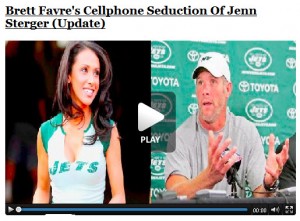Twitter’s Billion Users.
My first tweet (www.myfirstweet.com), a fun application conceived by Noah Brier, contained a typo. That’s just about right.
Though not a 10 tweets a day kind of guy, I do love the app. Readers know I have great expectations for Twitter in the business world. Twitter doesn’t have the users of Facebook and many still think it a silly web exuberance, but it really has only just scratched the surface of its potential. My daughter who’s a Millennial just signed up and she didn’t get Twitter for the longest time.
Yesterday I was in the locker room of a professional sports team. Can’t say the name. Outside the looker room in the hall next to the showers is where all pertinent team information is posted. An 8 x10 memo on insurance, a notice that the barber will be on prem Friday, small laminated color piss charts encouraging proper hydration. Don’t forget to shower before you get in the whirlpool. Next to all these little officious documents is a huge horizontal poster “Twitter Dos and Don’ts.”
Dos: Okay to say “great game” and “thank the fans.” Don’ts: no RT (retweeting) other peoples’ unsubstantiated stuff, talk about injuries or the game plan. The list is quite long and modular so it can be expanded. It starts at eye level and is currently down to the waist. Athletes love Twitter.
I once wrote a brief stating that a musician is never more in touch with his/her art than when staring into the eyes of the audience. Twitter is not exactly the same thing but its close. When marketers learn how to use Twitter to really listen it will become, as Dick Costello predicts, a billion-user application. Peace!





